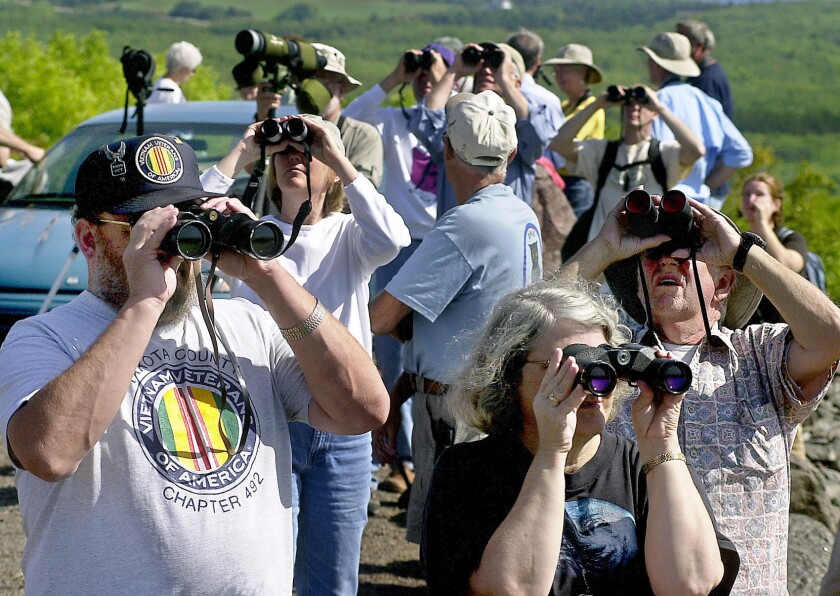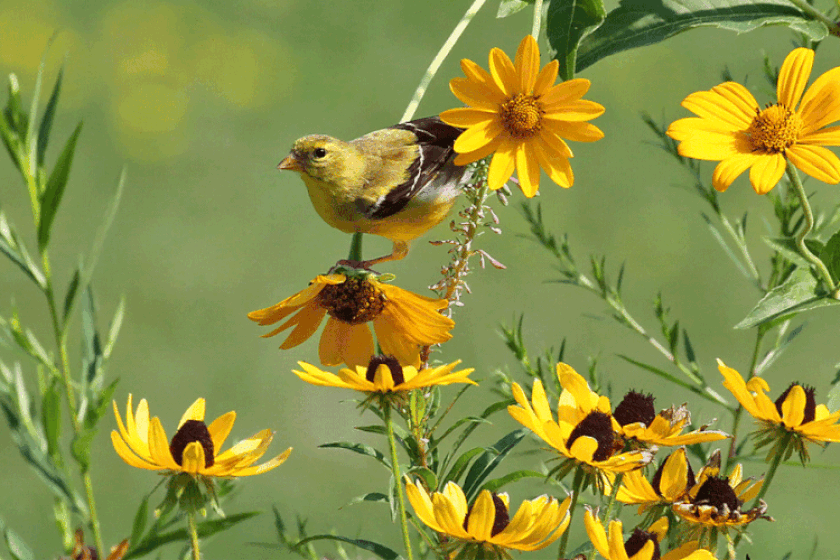I’m not sure how it's possible for summer days to feel endless yet so limited and finite. We have gone entirely through June and midway through July! From a birding and photography standpoint, June was the beginning of the summer lull. Many species have settled into the nesting season and many others already have fledglings and chicks on the ground. Even though the birding is slow, I’ll take any excuse to get outside. Fireworks on the Fourth are not the only thing that bring color to the skies.
ADVERTISEMENT
Indigo bunting (Passerina cyanea) - Ft. Abraham Lincoln State Park, N.D. - Wild
There are birds for nearly every shade of the rainbow, but this vibrant songbird takes the cake for the “I” of ROYGBIV. Indigo buntings are relatives of the scarlet northern cardinal. Indigo buntings range across much of the eastern and southern United States. They are a welcome resident to the scrubland, woodland edges and river corridors of North Dakota, Minnesota and beyond.
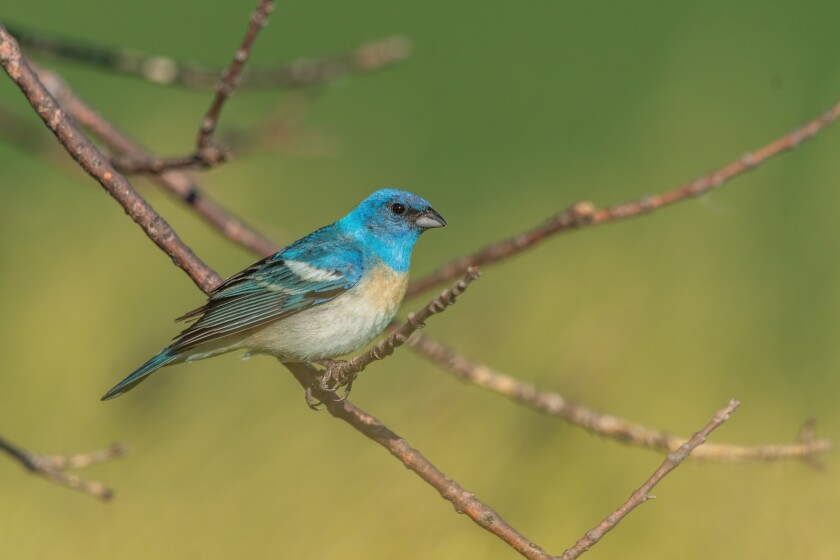
Lazuli bunting (Passerina amoena) - Ft. Abraham Lincoln State Park, N.D. - Wild
I know what you are thinking … no, the lazuli bunting is not just an indigo bunting putting on its best robin impression. Lazuli buntings and indigo buntings are somewhat like fraternal twins. They are incredibly similar but are easily distinguished. The lazuli bunting’s eastern reaches form the western barriers for indigo bunting. The Missouri River corridors do act somewhat as a bunting buffer zone and hybrids are not unlikely.
Chukar (Alectoris chukar) - Emmons County, N.D. - Wildish?
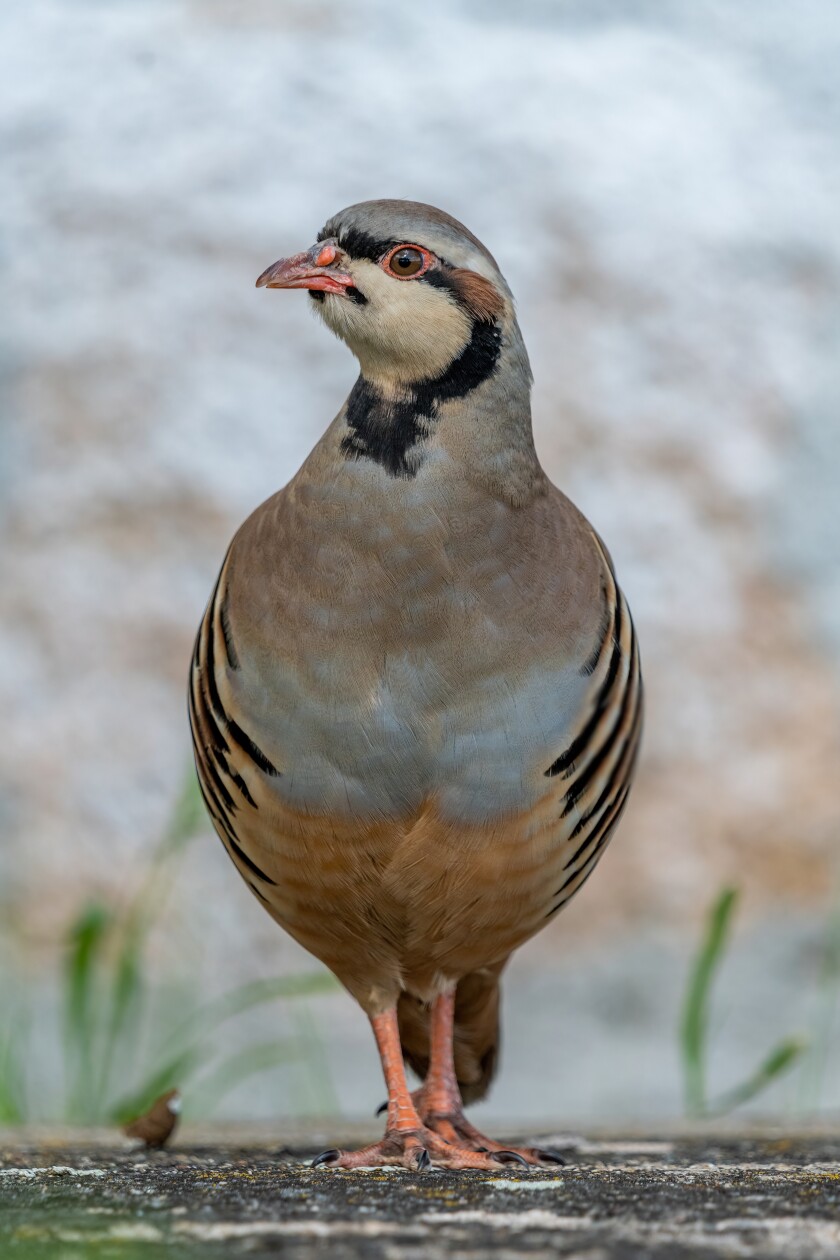
What a goofy-looking little gamebird. Maybe it’s the black ninja-like mask across its eyes or the semi-awkward pose, but they just seem strange. It could be the fact that they don’t belong at all!
Chukars are native to central Asia. Like the ring-necked pheasant and Hungarian/grey partridge, Chukars were imported and released as a game fowl into many areas around the world. They are a popular ornamental bird too, and it’s not unusual to find escapees like this one. Maybe the mask is actually to hide his identity from his owner?
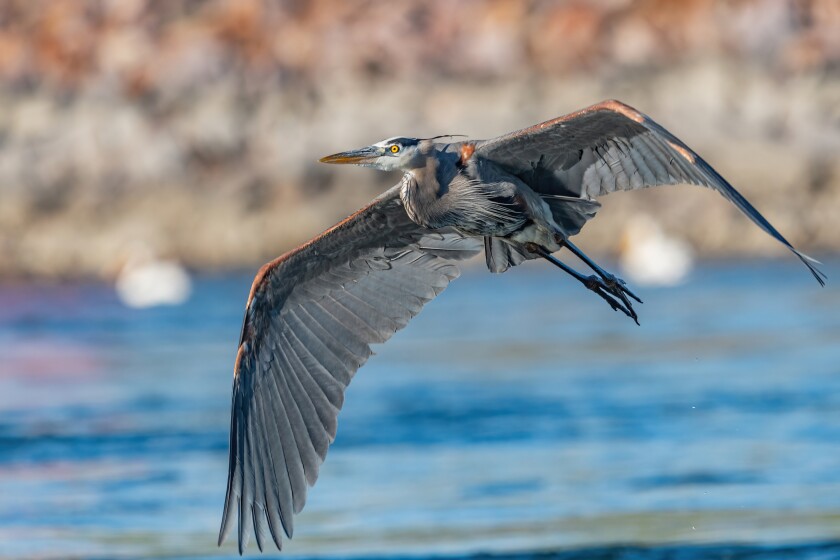
Great blue heron (Ardea herodias) - Lake Oahe Tailrace, S.D. - Wild
My photos always seem to return to the water. Maybe its the chance for a reflection or the way water attracts a variety of species. I sure do love that brilliant blue. I note how unoriginal bird names are, and the great blue heron still follows that trend. The blue is easy to see, but it’s important to understand how "great" this bird is. With a height of 3.2 to 4.5 feet and a wingspan of 5.5 to 6.6 feet, it sure is great.
ADVERTISEMENT
Wilson’s phalarope (Phalaropus tricolor) - McKenzie Slough, N.D. - Wild
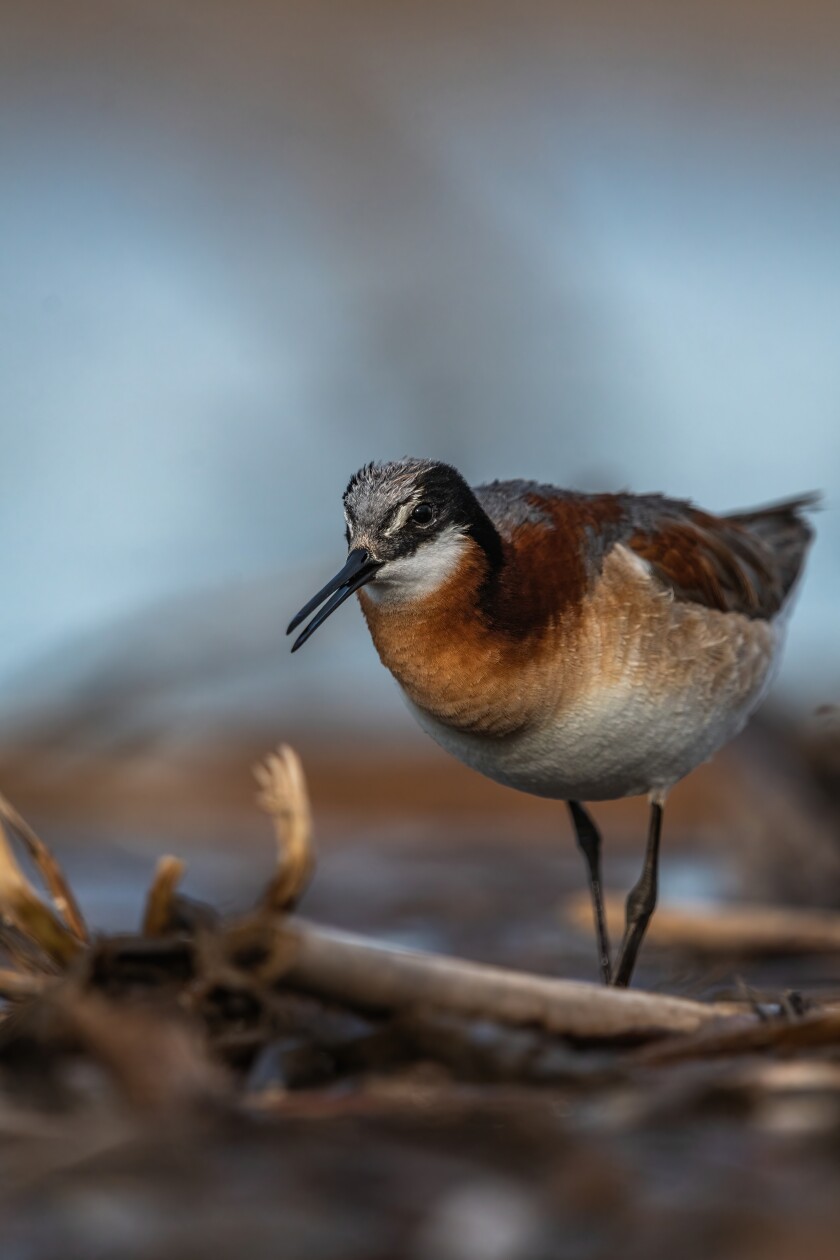
Wetland ecosystems are able to hold a vast variety of species ranging in size from the largest heron to the smallest shorebird. This Wilson’s phalarope is certainly on the small side of the spectrum, but what it lacks in size, it sure doesn’t lack in beauty.
These little shorebirds turn the tables on traditional bird roles. After laying eggs, the colorful female leaves the babysitting to the drab male. It’s pretty unique.

Piping plover (Charadrius melodus) - North Dakota - Wild
The final bird for this article is one that has recently become my favorite, the piping plover. I have an extremely unique privilege to work with these beautiful birds firsthand. With the countless hours on nesting habitats, I have developed a very strong appreciation and love for these birds.
As of 2015, the North Dakota Game and Fish Department lists piping plovers as a Level II species of conservation concern in the Great Plains, meaning they are likely to become endangered, but unlikely to go extinct in the near future. Much of their population perils are due to the loss of sand/gravel nesting habitat, predation and heavy human disturbance. Though they may not be large, they made an impact on me, and I hope they make an impact on you too. I’m happy to answer questions about any of the birds discussed today, but I could talk for days about the piping plover.
Please reach out and ask questions on my or .
ADVERTISEMENT
Though July entered with a bang (pun intended), there is still plenty of opportunity out there. As I mentioned in the May reflection, take special care for the young birds that are leaving the nest and taking their first steps on wobbly legs. The birds need all the help they can get.
For the rest of this month, I will continue to search the prairies and potholes for the beautiful creatures that call our shared landscapes home.
Seth Owens is a birdwatcher and photographer in Grand Forks and a frequent contributor to Northland Outdoors.







